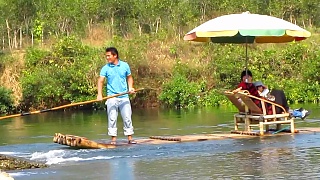At DunHuang, YunGang and LongMen ...
[640],shadow=true,start=,stop=
Live more ...
 Buddhist cave shrines
Buddhist cave shrinesAt DunHuang, YunGang and LongMen ...

|
Beautiful tranquility ...
Filmed by javiagenjo
|

|
With Rangan Chatterjee.
With Mark Hyman ...
With Tim Spector ...
|

|
With Cyrus Janssen ...
With Lee Camp ...
|

|
|

|
With Little Chinese Everywhere ...
|

|
5 examples in ShanDong province, east China ...
|

|
With Einzelgänger ...
Bonus film - Erich Fromm on 'To Have or To Be' ...
|

|
A beautifully understated, from the heart, performance. It gets our vote ...
|

|
Carl Zha - "Century of Humiliation" ...
On Malaysia ...
Angelo Giuliano ...
|